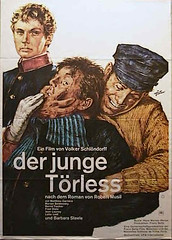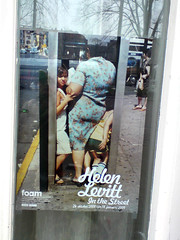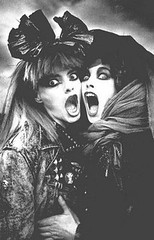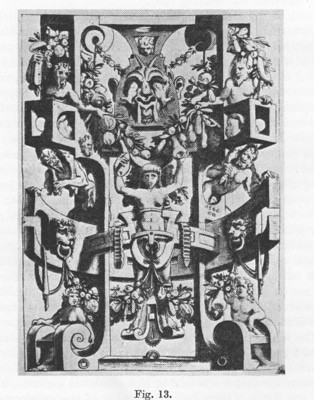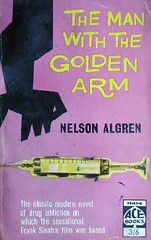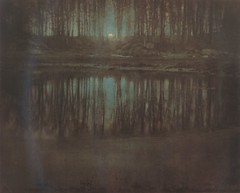The Eiffel Tower @120
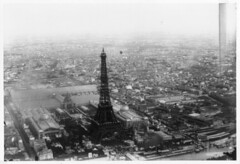
The Eiffel Tower was inaugurated April 1, 1889 in Paris.
The Eiffel Tower is an iron tower in Paris, France. It is one of the tallest structures in Paris and one of the most recognized and visited monuments in the world. Named after its designer, engineer Gustave Eiffel, it stands as a symbol to the modernity of Nineteenth century Paris.
The tower was met with criticism from the public when it was built, with many calling it an eyesore. (Novelist Guy de Maupassant — who claimed to hate the tower — supposedly ate lunch at the Tower’s restaurant every day. When asked why, he answered that it was the one place in Paris where you couldn’t see the Tower.)
One of the great Hollywood movie clichés is that the view from a Parisian window always includes the tower. In reality, since zoning restrictions limit the height of most buildings in Paris to 7 stories, only a very few of the taller buildings have a clear view of the tower. The relationship Eiffel Tower/Paris is metonymical.
The Eiffel Tower was the second instance of modern architecture after the Crystal Palace, modern architecture understood to be driven by technological developments, a celebration of the aesthetics of iron, steel, concrete and glass.
Iron, steel, concrete and glass
I see modern architecture as primarily driven by technological and engineering developments, rather than artistic and social developments) and that the availability of new building materials such as iron, steel, concrete and glass drove the invention of new building techniques as part of the Industrial Revolution. The first example in this category is the Crystal Palace which used iron, steel, concrete and glass to house the Great Exhibition of 1851.
About 40 years later in France, the Eiffel Tower was inaugurated. It broke all previous limitations on how tall man-made objects could be—and at the same time offered a radically different environment in urban life.
The style was first verbally celebrated by futurist architect Antonio Sant’Elia in 1914 in his Manifesto of Futurist Architecture.
- “The house of concrete, glass and steel, stripped of paintings and sculpture, rich only in the innate beauty of its lines and relief, extraordinarily “ugly” in its mechanical simplicity, higher and wider according to need rather than the specifications of municipal laws. It must soar up on the brink of a tumultuous abyss: the street will no longer lie like a doormat at ground level, but will plunge many stories down into the earth, embracing the metropolitan traffic, and will be linked up for necessary interconnections by metal gangways and swift-moving pavements. ”


